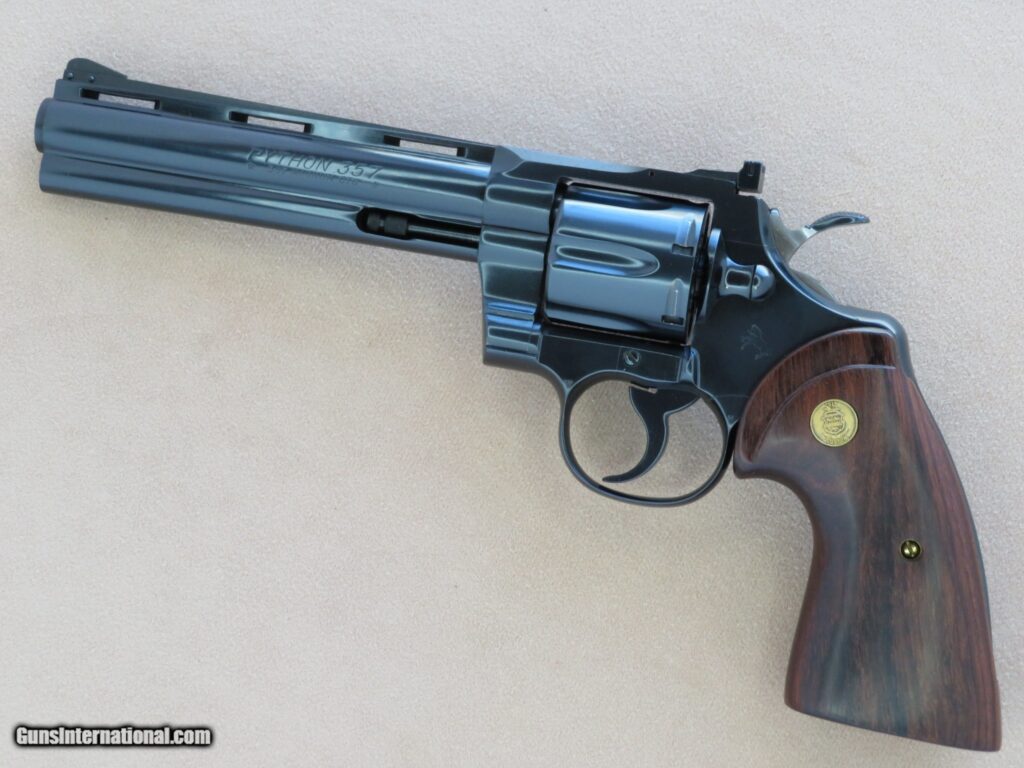I probably need to explain the title of this post to my Murkin Readers, because in the non-Murkin Anglosphere, the word “nous” is not pronounced like the French “noo”, nor does it mean “we”.
In the English sense, “nous” is pronounced like “house”, and it means common sense, or knowledge of the way things are — as in “show some nous” when someone is acting inappropriately, or “a little bit of nous would have gone a long way in preventing that unpleasantness”.
So having condescended, let me now explain what “range nous” means.
There are some gun ranges where you are pretty much allowed to spend all the time you want in your lane — most notably in outdoor ranges run by good ol’ boys, or ranges dedicated to time-swallowing activities such as sighting in a new scope, testing various kinds of ammo, or breaking in a new rifle. These ranges are to be treasured for what they are: a rare and vanishing resource for us gun-lovers.
Most ranges — and I speak specifically of urban or suburban indoor ranges — have set time limits for a range session, such as 30 or 45 minutes. If you are going to shoot off a reasonable number of rounds or shoot a couple-three different guns, therefore, time is at a premium.
Which is why I get mildly irritated — and it happens often — when some young guy — it’s always a young guy — arrives at his lane, puts up his target, and then sets about filling the twenty or so 17-round mags for his Glock — it’s almost always a Glock or similar — and then gets surprised when his range time expires before he’s had a chance to shoot off all those mags. It also happens, although less frequently, with guys clutching their AR-15 poodleshooters and thirty-round magazines.
FFS, guys: load up your mags at home before you get to the range and aren’t in essence paying for time that should be spent shooting instead of maintenance.
Me, I put up my target, pop the safety and start shooting, mere seconds after the target has stopped shaking. If I’m going to be paying someone for me to shoot my guns, I’m damn well going to be shooting. Before I even walk out the door, the spare mags / speedloaders are full and ready for action.
It’s called “nous”, and while it is regrettably missing in so many parts of my life, at the range I haz it (as the kids say nowadays.












